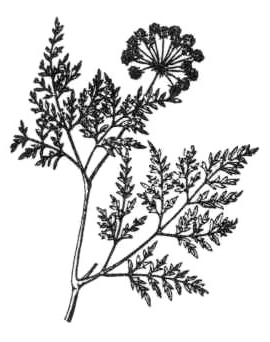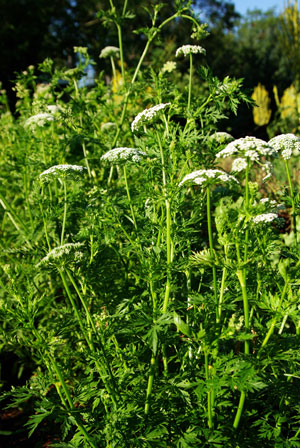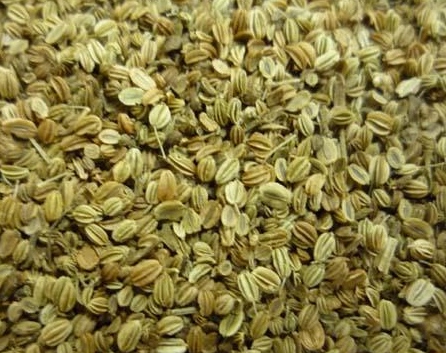[1] Barefoot Doctor's Manual- 1977 Prepared by the Revolutionary Health Committee
of Hunan Province. Original Chinese manual- Victor W. Sidel. Originally published
by Dr Joseph Quin and the Fogarty International centre, Bethdesda (1974). Madrona
Publishers Seattle Washington ISBN 0-914842-52-8
[2] A Complete English Dictionary of Medicinal Terms in Chinese Acupuncture and
Herbalism 1981- Henry Lu Chinese Foundations of Natural Health- The Academy of
Oriental Heritage, Vancouver, Canada.
Images
1.
forum.davidicke.com
2.
jennrita.com
3.
[1] HABITAT:
HABITAT:
 Cnidium
monnieri. Selinum
monnieri 蛇
床 子
Shé chuáng zǐ Cnidium fruit
Family: Apiaceae (Carrot Family)
Cnidium
monnieri. Selinum
monnieri 蛇
床 子
Shé chuáng zǐ Cnidium fruit
Family: Apiaceae (Carrot Family)

 HABITAT:
Found growing alongside ditches and field edges.
HABITAT:
Found growing alongside ditches and field edges.